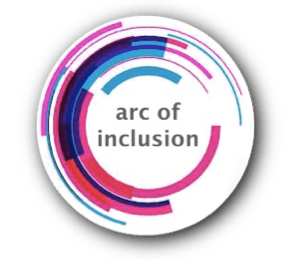COVID-19: Equality & Human Rights Impact & Resources
- - Why is this happening?
- - What can I / we do about it?
Needs and issues
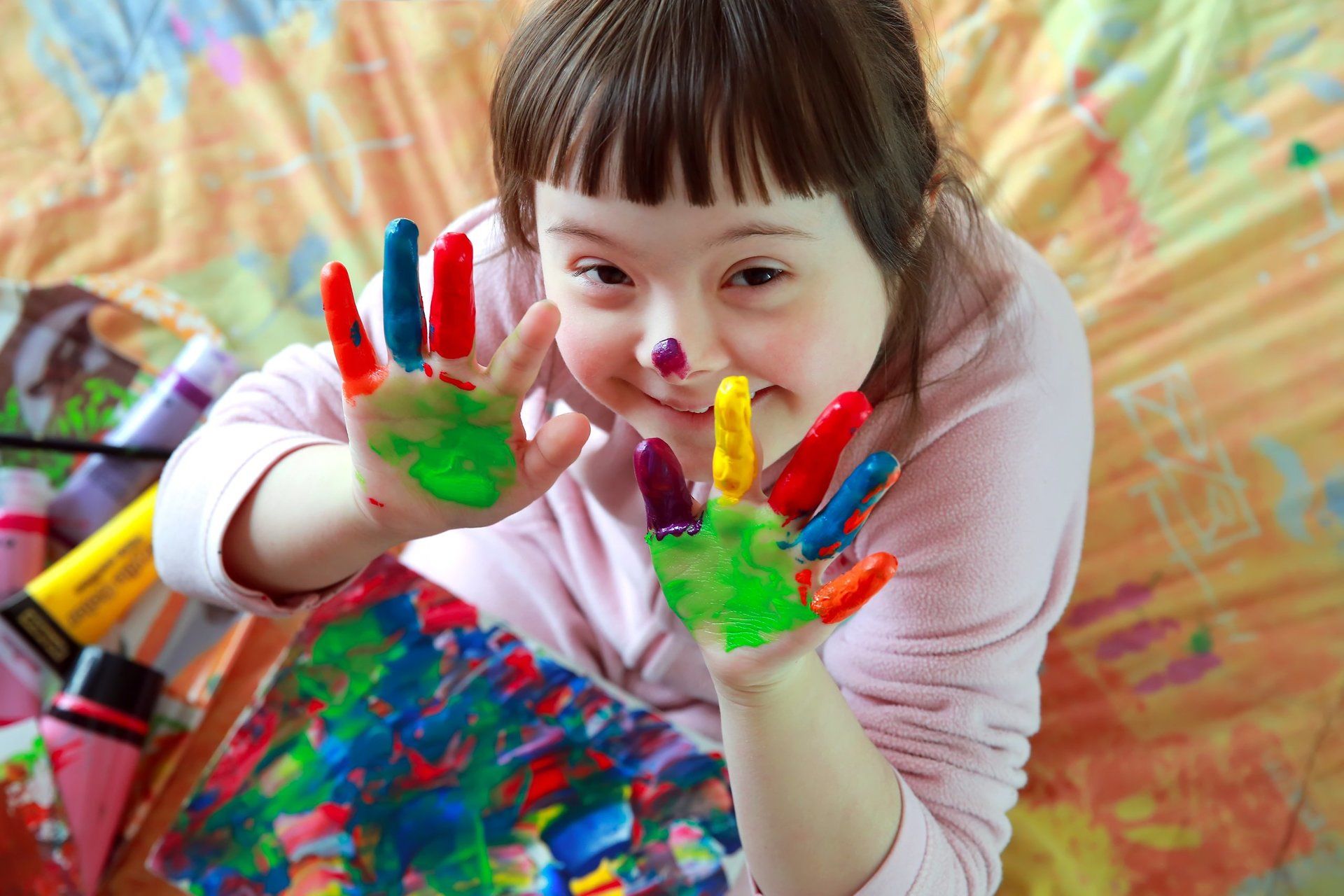
Understanding needs
Evidence and issues:
People with learning disabilities are up to 6 times more likely to die from coronavirus.
A report from Public Health England (PHE) found that 451 in every 100,000 people registered as having learning disabilities died after contracting Covid-19 in the first wave of the pandemic, when the figures were adjusted for age and sex.
Head of policy at learning disability charity Mencap, Dan Scorer:
“The government has failed to protect some of our most vulnerable citizens. Decades of underinvestment in social care has left most people with a learning disability with no support to understand ever-changing guidance on staying safe and accessing testing."
Prof John Newton, PHE’s director of health improvement:
“It is deeply troubling that one of the most vulnerable groups in our society suffered so much during the first wave of the pandemic. We must do everything possible to prevent this happening again.”
Many disabled people with are not being identified on the vulnerable/shielded list, however they have health conditions and access requirements that make going to shops to get supplies particularly challenging with social distancing measures. This has a health element in terms of picking up prescriptions, but also the physical and mental toll of navigating getting essential supplies is taking a toll. This recent Guardian article sets this out powerfully.
People with Hearing Loss
People with hearing loss can’t lip-read when staff members are wearing masks.
Deaf People
Government advice in British Sign Language has not been published on government / NHS websites. Some countries (including Scotland) have sign language interpretation as part of their regular televised briefings but not in England.
The Deaf community may not pick up public health messages until sometime after the general population due to missing out on the detail that is often passed on through verbal communication.
People with learning disabilities and autism
Government advice was published in Plain English but this format is not accessible to many people with learning disabilities. It was only published in Easy Read several days later.
Initial guidance issued by NICE at the start of the outbreak stated that people with autism and learning disabilities would score high on a frailty index and therefore be less likely to receive critical care if services became overwhelmed.
Providers of services to people with learning disabilities have told the HSJ that they are still receiving unlawful DNAR orders for people with learning disabilities.
UN HUMAN RIGHTS
The Special Rapporteur on the Rights of Persons with Disabilities published this guidance to address the rights of disabled people:
Disability Inclusion Social Protection
Disability considerations during the COVID-19
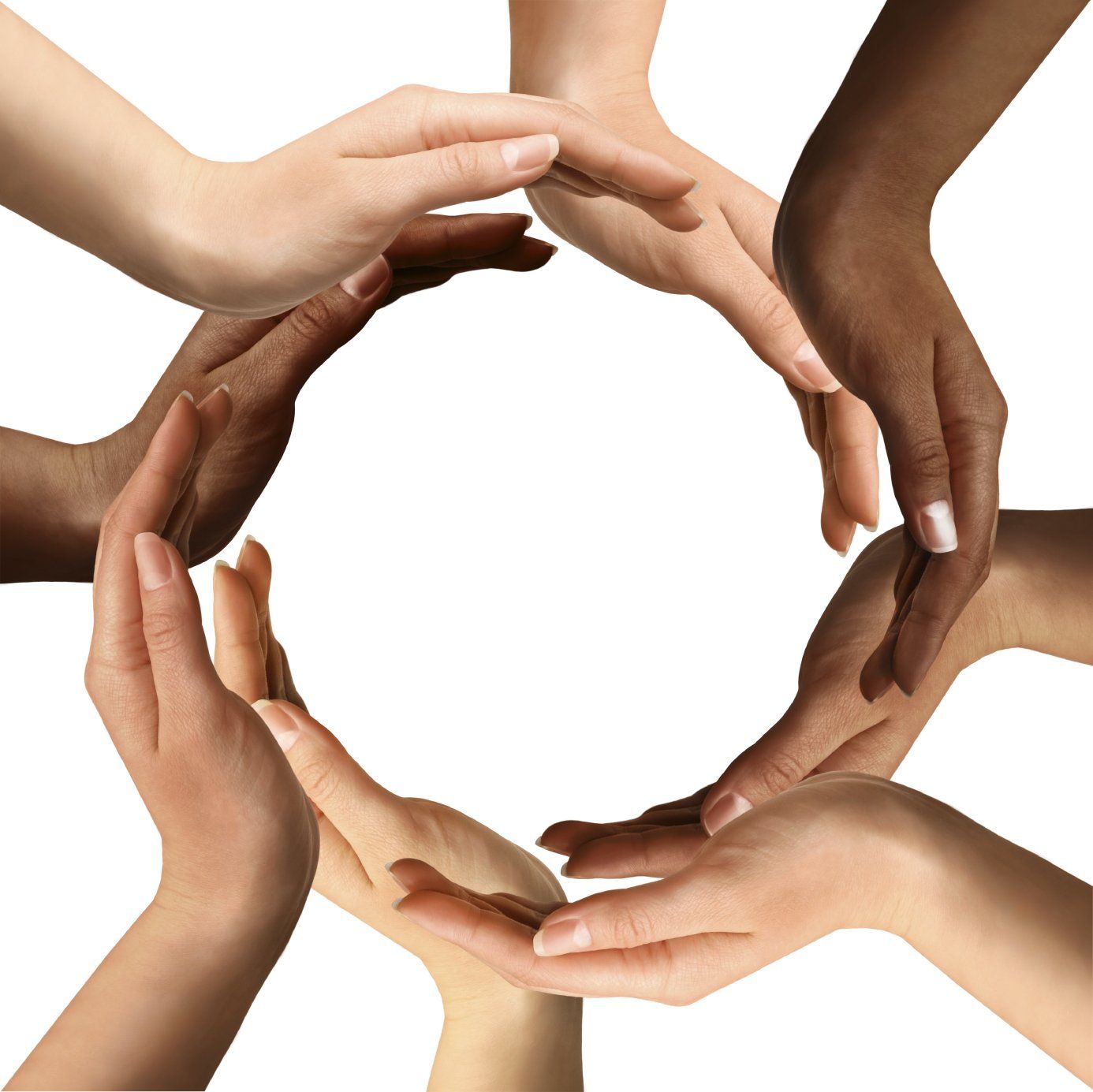
Issues
Evidence of inequalities based on race and naitonality:
Black And Asian People ‘Up To Twice As Likely To Be Infected With Coronavirus’
The analysis, published in the EClinical Medicine by The Lancet, is based on pooled data from more than 18 million people who had taken part in 50 studies in the UK and US.
"The study comes days after the government faced questions over why those from BAME backgrounds are not mentioned on the vaccine priority list".
The disproportionate impact on people of colour is devastating. COVID has surfaced and highlighted pre-existing inequalities. This was rapidly evidenced by the Hidden in Plain Sight report, highlightng these inequalities:
" Overrepresentation of BAME populations in lower socio-economic groups.
multi-family and multi-generational household leading to increased risk of transmission
due to the lockdown.
disproportionate employment in lower band key worker roles who either work in high
exposure care environments or are unable to implement safe social distancing due to
their roles.
co-morbidity exposure risks especially for CVD, diabetes, renal conditions and complex
multi-morbidities in ICU.
Increased health and care setting COVID-19 exposure risks. "
Public Health England published an inital report in June highlighting the Disparities in the risk and outcomes of COVID-19. However, this was not a complete analysis, as the key recomendations were not included in this publication by the UK Government. Shortly afterwards, a follow up Public Health England report: Beyond the data: Understanding the impact of COVID-19 on BAME groups includes stakeholder views and key recomendations.
The King's Fund highlights initial evidence in the UK and US of higher COVID related mortality rates for black and minority ethnic (BAME) people. Whilst UK mortality data must be analysed to factor the demographics of the higher populated areas like London, which have higher mortality rates at the moment. However, the data raises some stark questions, particularly the high of BAME NHS staff mortality (60% of staff who are known to have died from COVID are BAME, but only make up 20% of NHS staff). The King's Fund is calling for a review to answer the following questions:
1. Why are people from ethnic minorities disproportionately affected by Covid-19
2. What will we do about it?
The article highlights what NHS staff and leaders can commit to make a postive difference

Understanding need
Issues:
- Health inequalities:
Global data appears to show that men are more likely to need critical care if they have COVID-19 and more likely to die.
- Gender based violence
Where to get help:
International Domestic Violence Resource Guide (2022) (hosted by Mystic Mag)
- Economic hardship
Even in 'non-crisis' times, family caring and housework responsibilities often fall heavily on women. Although working from home makes it more feasible to juggle many of these responsibilities, the added dimension of unplanned homeschooling is adding to this load. On the other hand, with both parents spending more time at home, it could also be an opportunity for fathers, or same sex parents who usually work away more, to engage more in caring for their children.
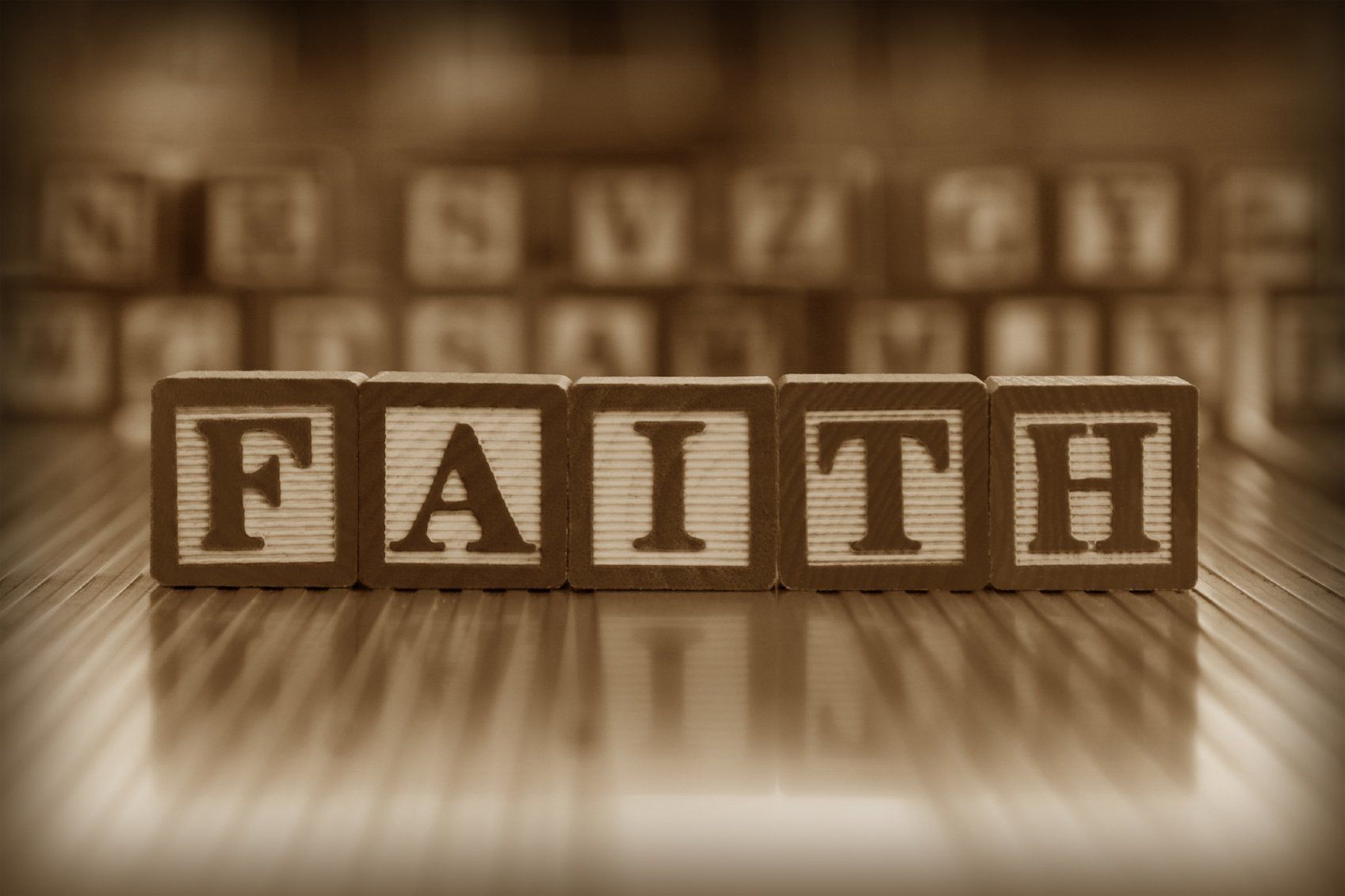
Understanding need
The impact of COVID from a lens of religion and belief is deep and wide. From the experiences of people not able to wash and bury their loved ones in accordance with their beliefs to the shock of the sudden suspension of communital faith gatherings. So many faith based groups have organised to support communities, having a huge postive impact.
The institute of Development Studies highlights its findings of the religious impact here
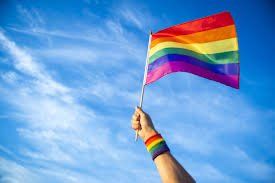
Description title
Lesbian, Gay, Bisexual, Trans(LGBT) people are more likely to be socially isolated, experience domestic violence, have poor mental health or substance misuse issues and therefore have a more difficult experience of lock down. The LGBT Foundation have produced a good summary of this
Some Trans and Non-binary people have had their HRT and medical treatment suspended.
The LGBT Foundation's report Hidden Figures "shines a light on some of the experiences of LGBT people and the very real impact that the pandemic is having on their lives.
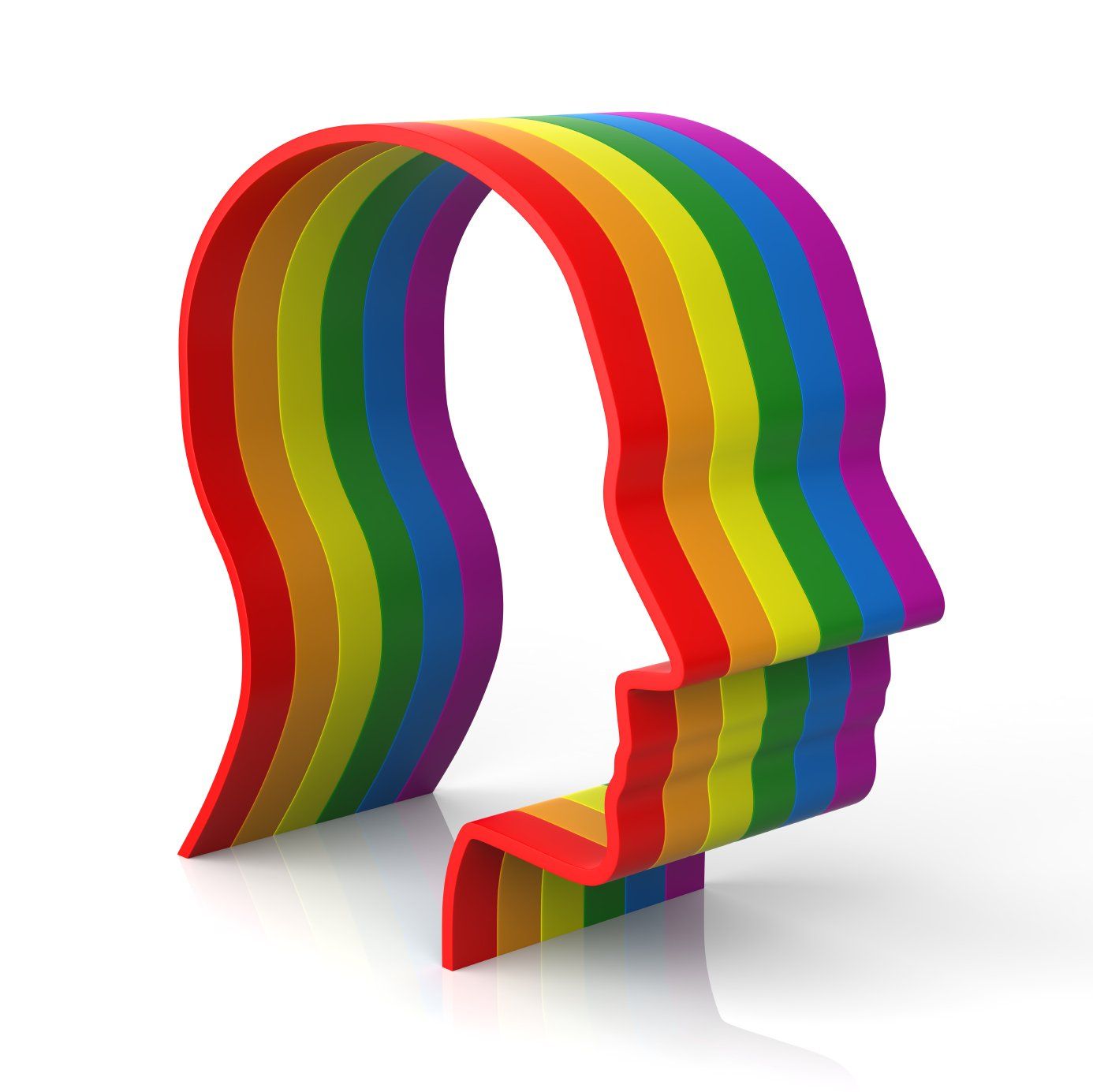
Understanding need
October 2020: EHRC Report: How coronavirus
has affected equality and human rights.
Includes findings and recomendations in the areas of:
- Work
- Poverty
- Education
- Social care
- Justice and personal security
The Office of the High Commissioner for Human Rights - OHCHR - has produced a series of country-specific infographics based on recommendations made by treaty bodies and other human rights mechanisms that it assesses as being particularly relevant in responding to the pandemic and its consequences.
The Scottish Human Rights Commission have collated their work on human rights and COVID-19 here. They have committed to update this page regularly.

Understanding needs and issues
Identifying needs of the workforce rapidly transitioning to home and remote working. What is the impact when / if staff transition back to site based working

Inequalities and needs
People who live alone, are over 70 years old and have no internet access are particularly vulnerable. Local support is being provided by voluntary sector organisations and housing organisations.
Ashton Applewhite author of This Chair Rocks blog about the pandemic exposing underlying ageism.
Whilst much of the focus has been on the impact of COVID on older people, Young Minds publlished a report highighting the impact on young people with mental health needs. The report highlights the huge toll taken on the mental health of young people, related to increased loneliness, isolation anxiety, and loss of structure and motivation.
The impact on young people has significantly increased through 2020, with confusing rules and disruption to schools. Students at universities, particularly first years in student campuses have had months of disruption, being locked in, and uncertainty. COVID has put a magnifying glass on so many inequalities, and this is no less evident in the widening gap in terms of access to job opportunities for young people in 2020.
This IPA blog highlights the Impact of Lockdown on Young People during the Covid-19 Outbreak.
Resources and good practice
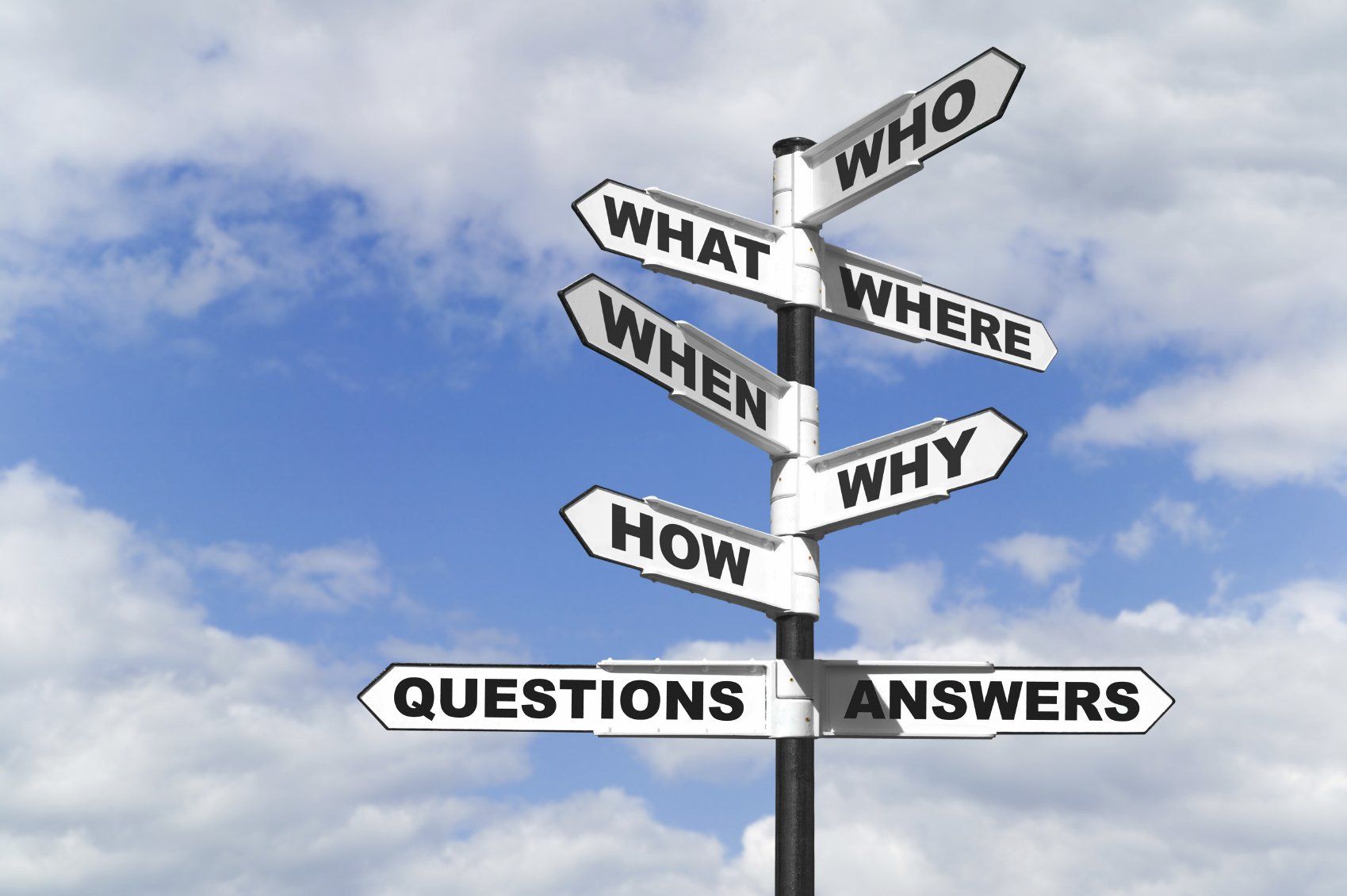
Accessible information and guidance
November 2025: Resources contributed by US home students covering a broad spectrum of EDI themes and needs:
https://npprograms.org/nurses-comprehensive-guide-gender-affirming-care/
https://bestbroadwaymusicals.com/broadway-101/evolution-of-lgbtqia-narratives-on-broadway/
https://librarysciencedegreesonline.org/ensuring-libraries-are-diverse-equitable-and-inclusive/
https://abamastersprograms.org/ultimate-homeschool-toolkit-kids-with-autism/
COVID-19 guide for care staff supporting adults with learning disabilities or autistic adults.
Learning Disability England, keeping informed and in touch during Coronavirus.
Books beyond words: Coping with Coronavirus
A suite of resources ‘COVID-19: Place based approach to reducing health inequalities’ have been produced by Public Health England, the Local Government Association and NHS England
Written information:
Doctors of the world – written information in 36 languages with more being added
Migrant Hub: multilingual COVID-19 information
Public Health England:
Guidance-on-social-distancing-and-for-vulnerable-people
Guidance on shielding and protecting extremely vulnerable persons from COVID-19
Spoken information:
Ask Doc BAME Health organisation in Greater Manchester has developed spoken covid-19 advice based on NHS England advice. New languages shared via Twitter @askdoc1.
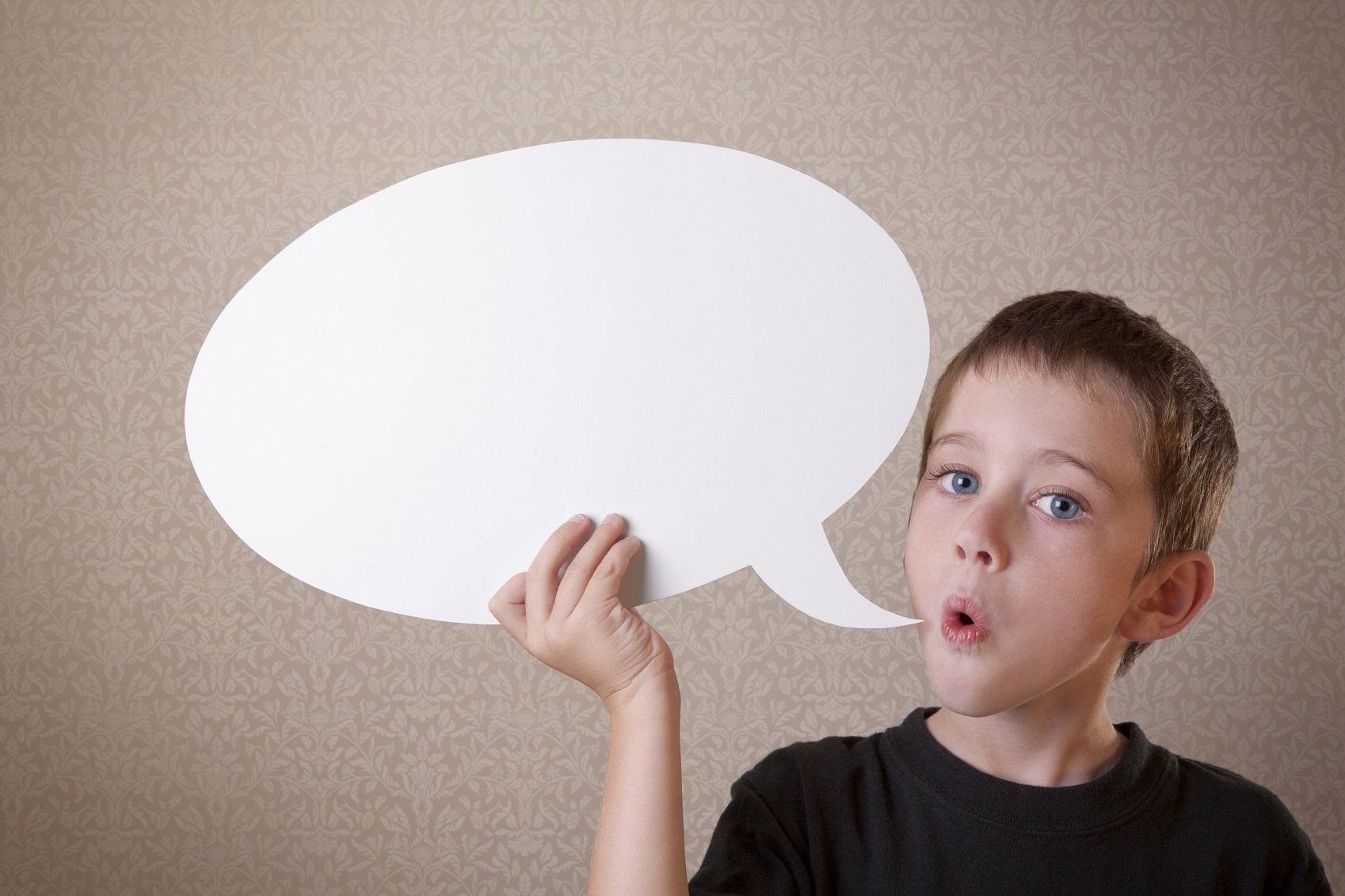
Communication support
Information and guidance for front line staff on accessible communication developed by the Health and Social Care Alliance Scotland. People at the Centre
Guidance from Ideas for Ears for better hearing access when people are wearing face masks
New free British Sign Language (BSL) video-interpreting service (but some NHS internet connections / firewalls may make this difficult to use)
Bradford based charity BTM have produced information about social distancing in BSL


Age related resources / information
An Age UK project has volunteers working as Digital Buddies – they can provide support to people to use online services
International Longevity Centre - think tank on the impact of longevity in the UK. Seeks to influence policy, public health and the culture of society to more postively to an aging population.
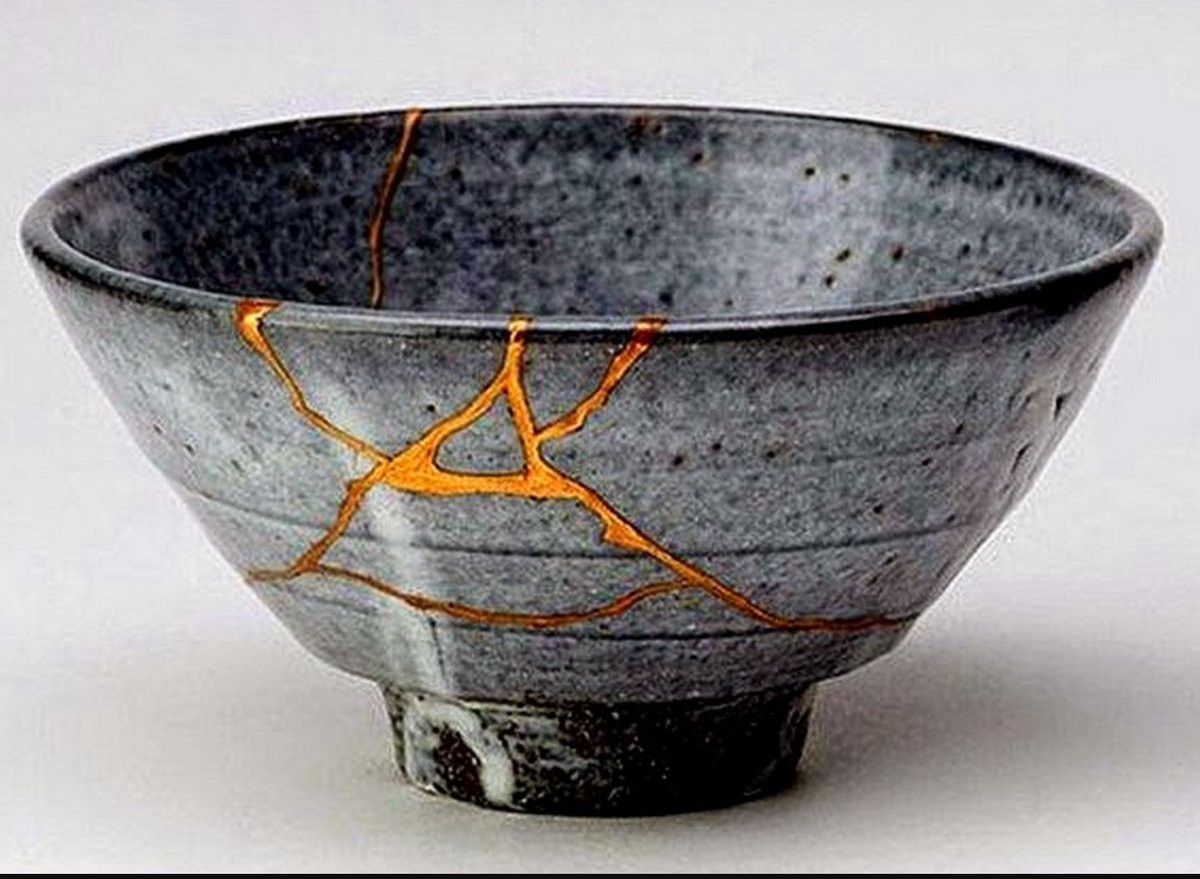
Ressources for suport
This section has been created thanks to contributions from visitors to this site:
Domestic Violence Prevention and Resources
A USA based resource within a Marriage and Family Therapy educational platform
A UK based helpline
